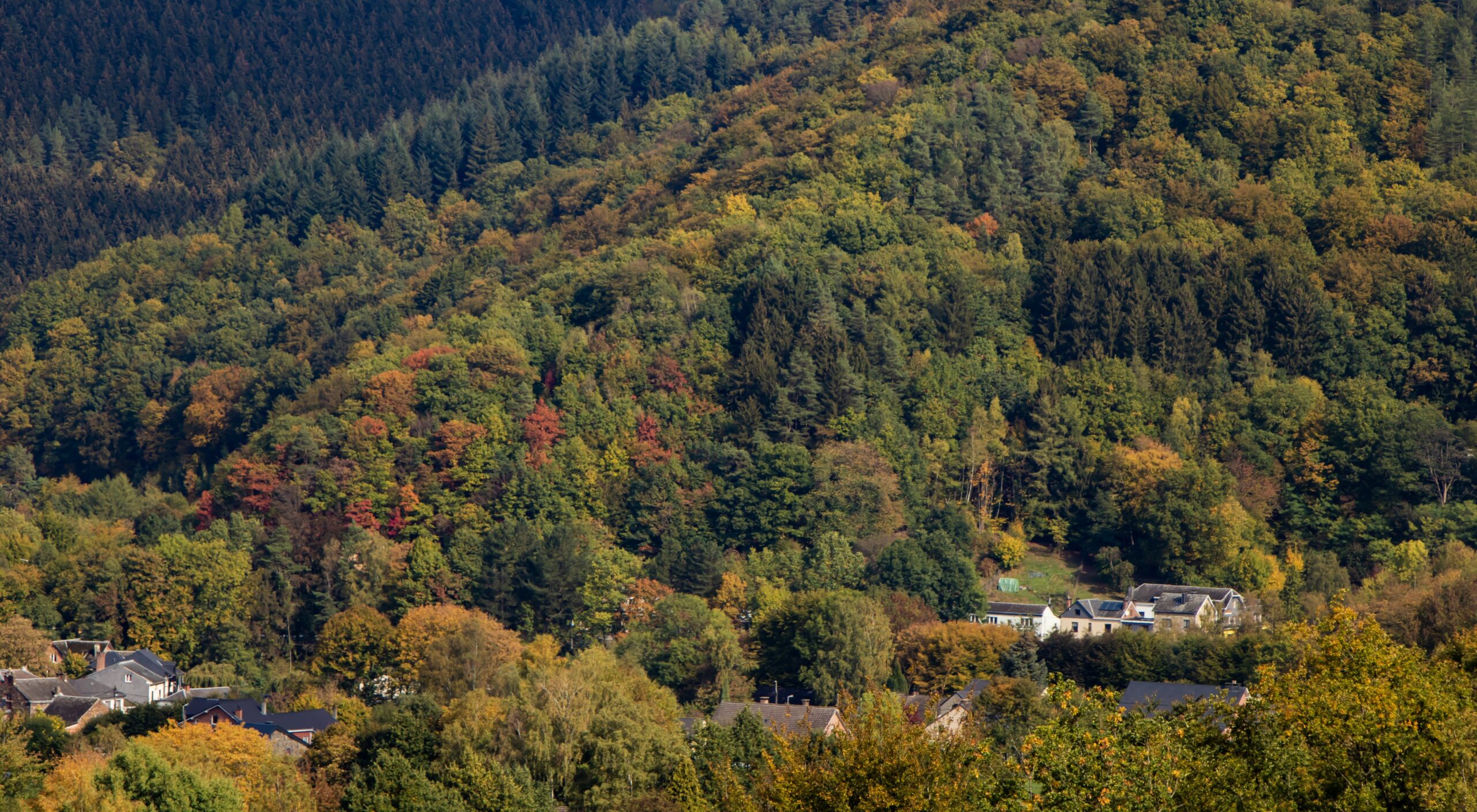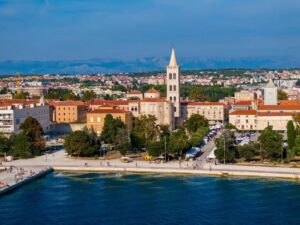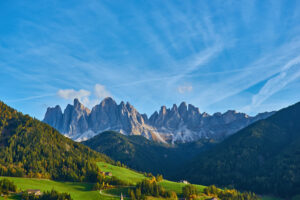Exploring the Enchanted Forests of Transylvania: A Journey Into Mystery and Nature

When you hear the name Transylvania, your mind might conjure images of gothic castles, Dracula legends, and eerie moonlit landscapes. But beyond the tales of vampires and medieval myths, Transylvania is home to some of Europe’s most breathtaking forests, where nature and folklore intertwine to create a magical experience.
If you’re looking for an adventure that blends history, mystery, and natural beauty, then pack your hiking boots and let’s explore the enchanted forests of Transylvania.
Why Visit Transylvania’s Forests?
Transylvania, located in central Romania, is known for its untamed landscapes, fairytale villages, and dense forests that have inspired countless legends. These forests are home to ancient trees, hidden caves, and rare wildlife, making them a paradise for hikers, photographers, and those seeking a mystical escape.
What makes these forests even more intriguing is the deep connection they have to local folklore. Many places here are said to be haunted, enchanted, or home to supernatural beings, adding an extra layer of excitement to any exploration.
Five Mystical Forests to Explore in Transylvania
1. Hoia Baciu Forest – The “Bermuda Triangle of Transylvania”
Located near Cluj-Napoca, Hoia Baciu is one of the most mysterious forests in the world. Known for strange lights, unexplained disappearances, and eerie silence, this forest has been the subject of paranormal investigations for decades.
What to Do:
- Walk through the “Clearing”, a perfectly circular area where no trees grow.
- Take part in a ghost-hunting tour at night.
- Capture the strange mist and shadowy figures in your photos (if you dare!).
2. Pădurea Letea – Romania’s Oldest Forest
Tucked away in the Danube Delta, Letea Forest is the oldest natural reservation in Romania. Unlike the deep, dark woods of the Carpathians, this forest is sandy, twisted, and surreal, with vines hanging like jungle ropes and wild horses roaming freely.
What to Do:
- Spot the wild horses that roam the area.
- Explore the sand dunes hidden within the forest.
- Visit the nearby Letea village to meet the locals and hear old tales.
3. Baciu Forest – The “Whispering Woods”
Baciu Forest, not to be confused with Hoia Baciu, is known for its whispering trees and strange echoes that make hikers feel like they’re being followed. Some say the wind carries the voices of ancient spirits.
What to Do:
- Take a guided hiking tour to learn about the folklore.
- Experience the strange acoustics of the area by clapping and listening to the echoes.
- Meditate in the forest’s peaceful hidden glades.
4. Retezat National Park – The Land of Blue-Eyed Wolves
Retezat is Romania’s first national park and one of the most biodiverse places in Europe. This forest is home to glacial lakes, towering peaks, and rare animals, including the legendary blue-eyed wolves, believed to be guardians of the land.
What to Do:
- Hike to Bucura Lake, one of the most beautiful glacial lakes in Romania.
- Camp under the clear night sky for an unforgettable stargazing experience.
- Try to catch a glimpse of the mystical blue-eyed wolves (though sightings are rare!).
5. Apuseni Forest – The Home of Underground Wonders
The Apuseni Mountains are famous for their vast cave systems, many of which remain unexplored. The forest above is dense and misty, with hidden waterfalls, deep ravines, and ancient wooden villages.
What to Do:
- Explore the Scărișoara Ice Cave, home to a 10,000-year-old glacier.
- Hike through the rustic villages of Rimetea and Gârda de Sus.
- Visit the Bear’s Cave, where prehistoric bear fossils were discovered.
Beyond the Forests: Must-See Nearby Attractions
While exploring Transylvania’s enchanted forests, make sure to visit some of its most iconic sites:
- Bran Castle – Often called Dracula’s Castle, this gothic fortress is surrounded by thick forests, making it look straight out of a vampire legend.
- Sibiu – A charming medieval town with cobbled streets, colorful houses, and hidden stairways.
- Sighișoara – The birthplace of Vlad the Impaler (the real-life inspiration for Dracula).
- Corvin Castle – One of the most hauntingly beautiful castles in all of Europe.
Best Time to Visit Transylvania’s Forests
- Spring (April – June): The forests come alive with fresh greenery and wildflowers.
- Summer (July – September): Ideal for hiking and camping, with warm weather and longer daylight hours.
- Autumn (October – November): A stunning time when the forests turn golden, orange, and red. Perfect for photographers.
- Winter (December – March): If you love a snowy, fairytale-like adventure, winter is magical in Transylvania.
Tips for Exploring Transylvania’s Forests
- Hire a local guide – Some of these forests have deep folklore and hidden trails that only locals know about.
- Pack properly – Many areas are remote, so bring food, water, and warm clothing.
- Respect nature – These forests are home to diverse wildlife, so keep noise levels low and don’t leave trash behind.
- Be prepared for the unexpected – Whether it’s an eerie mist, a sudden silence, or a strange feeling, Transylvania’s forests have a way of making you believe in their legends!
Final Thoughts
Transylvania’s forests are not just places of natural beauty—they are places of stories, myths, and wonder. Whether you’re looking for adventure, folklore, or pure scenic magic, these forests promise an experience unlike any other.
So, if you’re ready to step off the beaten path and explore some of Europe’s most mysterious landscapes, Transylvania is waiting for you. Just remember—when the wind whispers through the trees, listen carefully. You never know what secrets these ancient woods might reveal.
Have you ever visited Transylvania’s forests? Share your experience in the comments!








